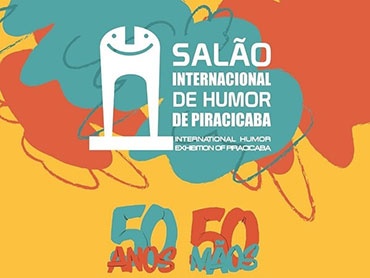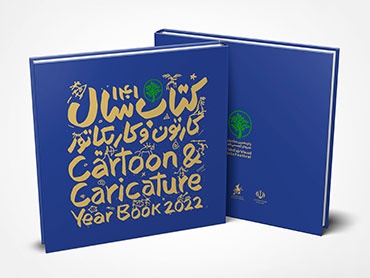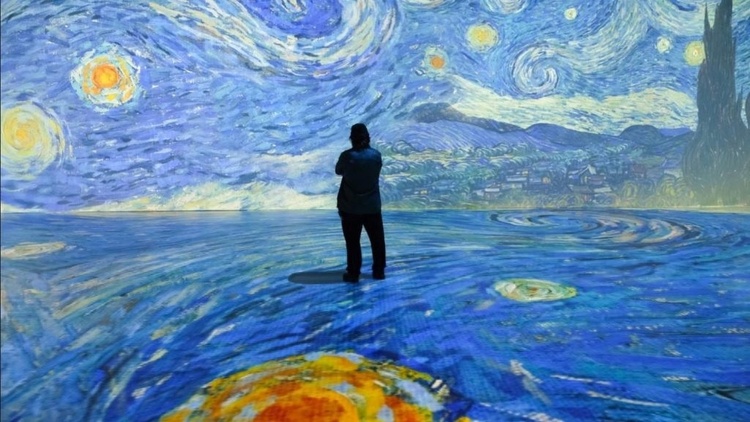
Visual Arts: History, Languages, and Cultural Relevance
Visual arts constitute one of the broadest and oldest fields of human expression. From the earliest cave paintings to contemporary multimedia installations, this area brings together diverse languages that primarily explore the sense of sight, although they often integrate other sensory perceptions. Visual art accompanies the development of societies, records cultural transformations, and functions as a means of communication, critique, and symbolic creation.
1. Concept of Visual Arts
Visual arts encompass all artistic productions perceived predominantly through sight. The term includes both traditional forms, such as painting and sculpture, and more recent manifestations, such as photography, graphic design, video, digital animation, visual performances, and urban art.
The modern concept of visual arts emerged in the 20th century, replacing the classical idea of "fine arts," which privileged expressions considered more noble. Today, the area is inclusive and open to technological and interdisciplinary experimentation.
2. Brief History
2.1 Prehistoric Art
The oldest known visual expression is cave paintings, which record hunting scenes, symbols, and rituals. They used natural pigments and reveal the beginning of the human need for representation.
2.2 Antiquity
Civilizations such as Egypt, Greece, Rome, Mesopotamia, and China consolidated techniques of sculpture, ceramics, architecture, and painting. Art in this period was strongly linked to religion, political power, and daily life.
2.3 Middle Ages
Medieval production focused on religious themes, with emphasis on illuminated manuscripts, stained glass, and sculptures in cathedrals. Art had an educational and symbolic function.
2.4 Renaissance
Between the 14th and 16th centuries, Europe experienced a cultural renaissance. Art gained perspective, proportion, and naturalism. Leonardo da Vinci, Michelangelo, and Raphael are exponents of the era.
2.5 Modernism
In the 19th and 20th centuries, movements such as Impressionism, Expressionism, Cubism, Surrealism, and Abstractionism broke with classical patterns and sought new ways of seeing the world.
2.6 Contemporaneity
From the second half of the 20th century, art expanded to include performances, installations, videos, everyday objects, and hybrid formats. Digital technology became a central tool.
3. Main Languages of Visual Arts
3.1 Painting
Use of pigments applied to surfaces such as canvas, wood, or walls. It can be figurative or abstract.
3.2 Drawing
The basic language of many arts, involving graphite, charcoal, ink, and digital techniques.
3.3 Sculpture
Three-dimensional production in materials such as stone, wood, metal, glass, or ceramic.
3.4 Photography
Capture of images through chemical or digital processes. Today it is central to visual communication.
3.5 Cinema and Video
Movement arts that combine image, narrative, music, and technology.
3.6 Digital Art
Includes digital illustration, 3D modeling, animation, virtual reality, and NFTs.
3.7 Urban Art
Graffiti, muralism, and interventions in public spaces.
3.8 Installation and Performance
Experiences that occupy space or the body, expanding the traditional concept of a work of art.
4. Functions and Importance of Visual Arts
4.1 Communication and Expression
Art translates emotions, thoughts, and critiques that often cannot be put into words.
4.2 Cultural and Historical Record
Visual works document ways of life, beliefs, and social transformations.
4.3 Aesthetic and Sensible Education
Stimulates creativity, critical thinking, and perception of the world.
4.4 Social and Political Impact
Art can denounce injustices, provoke debates, and transform mindsets.
5. Visual Arts in the 21st Century
Today, the visual arts are experiencing a period of intense change. The democratization of technologies allows more people to create and share their works. Digital platforms are new galleries, while museums seek to engage with diverse audiences. The fusion of languages—such as augmented reality, artificial intelligence, and interactive art—expands the possibilities of artistic creation.
Latamarte

- November 18, 2025
Silenced World

- November 18, 2025
Visual Arts: History, Languages, and Cultural Relevance

- November 18, 2025
Indigenous Art: Characteristics and Types
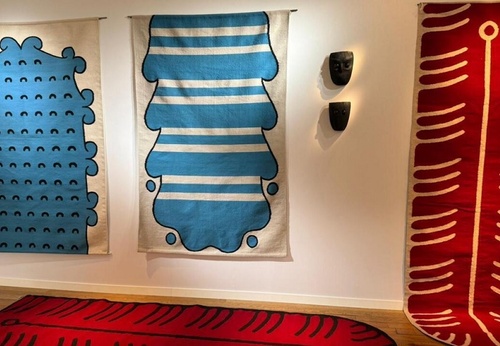
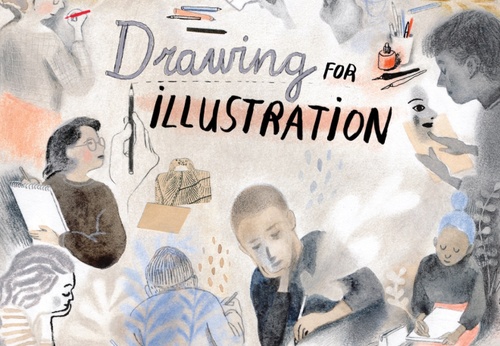
- November 18, 2025
Drawing for Illustration by Martin Salisbury

- November 18, 2025
Carlos Puentes - Brazil

- November 17, 2025
Cuba | Complete Rondreis

- November 17, 2025
What are the types of AI?

- November 17, 2025
"Painting in Mexico Today Is More Alive Than It Was 15 Years Ago"

- November 18, 2025
Visual Arts: History, Languages, and Cu…

- November 18, 2025
Indigenous Art: Characteristics and Typ…

- November 17, 2025
What are the types of AI?

- November 16, 2025
The Importance of Aesthetic Experience …

- November 16, 2025
Art as a Mirror of Culture: Between Tra…

- November 15, 2025
The Influence of Artificial Intelligenc…

- November 15, 2025
The Evolution of Digital Art in the 21s…

- November 13, 2025
Urban Art in Latin America: A Visual Re…

- November 13, 2025
Urban Art in Latin America

- November 12, 2025
The Art of Photography: Capturing the E…

- November 11, 2025
The Power of Visual Arts

- November 09, 2025
Contemporary Art and Its Diverse Forms …

- November 08, 2025
Graffiti: From the Street to the Galler…

- November 08, 2025
Street Art in Latin America

- November 05, 2025
Art as Bridges: Creativity and Identity…

- November 04, 2025
Mexican Painters Who Left Their Mark on…

- November 03, 2025
Art and Identity in Latin America

- November 02, 2025
The horror and hope of Gaza's children …

- November 01, 2025
The Role of Artificial Intelligence in …

- October 30, 2025
Artificial Intelligence and Its Applica…

- August 29, 2023
The history of Bolivian art

- February 19, 2024
Analysis and meaning of Van Gogh's Star…

- January 28, 2024
Culture and Art in Argentina

- September 25, 2023
What is the importance of art in human …

- September 23, 2023
What is paint?

- August 10, 2023
14 questions and answers about the art …

- August 23, 2023
The 11 types of art and their meanings

- August 30, 2023
First artistic manifestations

- September 23, 2023
Painting characteristics

- January 12, 2024
10 most beautiful statues and sculpture…

- September 23, 2023
History of painting

- March 26, 2024
The importance of technology in art1

- March 26, 2024
Cultural identity and its impact on art…

- August 16, 2023
The 15 greatest painters in art history

- April 06, 2024
History of visual arts in Ecuador

- April 02, 2024
History visual arts in Brazil

- October 18, 2023
History of sculpture

- August 13, 2023
9 Latino painters and their great contr…

- August 27, 2023
The history of art Mexico

- March 05, 2024
The art of sculpture in Latin America

- February 19, 2024
Analysis and meaning of Van Gogh's Star…

- August 13, 2023
9 Latino painters and their great contr…

- August 23, 2023
The 11 types of art and their meanings

- August 10, 2023
14 questions and answers about the art …

- August 29, 2023
The history of Bolivian art

- August 27, 2023
15 main works of Van Gogh

- January 28, 2024
Culture and Art in Argentina

- November 06, 2023
5 Latin American artists and their works

- September 23, 2023
Painting characteristics

- September 23, 2023
What is paint?

- September 25, 2023
What is the importance of art in human …

- August 30, 2023
First artistic manifestations

- March 26, 2024
Cultural identity and its impact on art…

- December 18, 2023
10 iconic works by Oscar Niemeyer, geni…

- January 20, 2024
What is the relationship between art an…

- January 12, 2024
10 most beautiful statues and sculpture…

- October 30, 2023
Characteristics of Contemporary Art

- August 24, 2023
The most famous image of Ernesto "Che" …

- August 22, 2023
What are Plastic Arts?

- May 26, 2024

